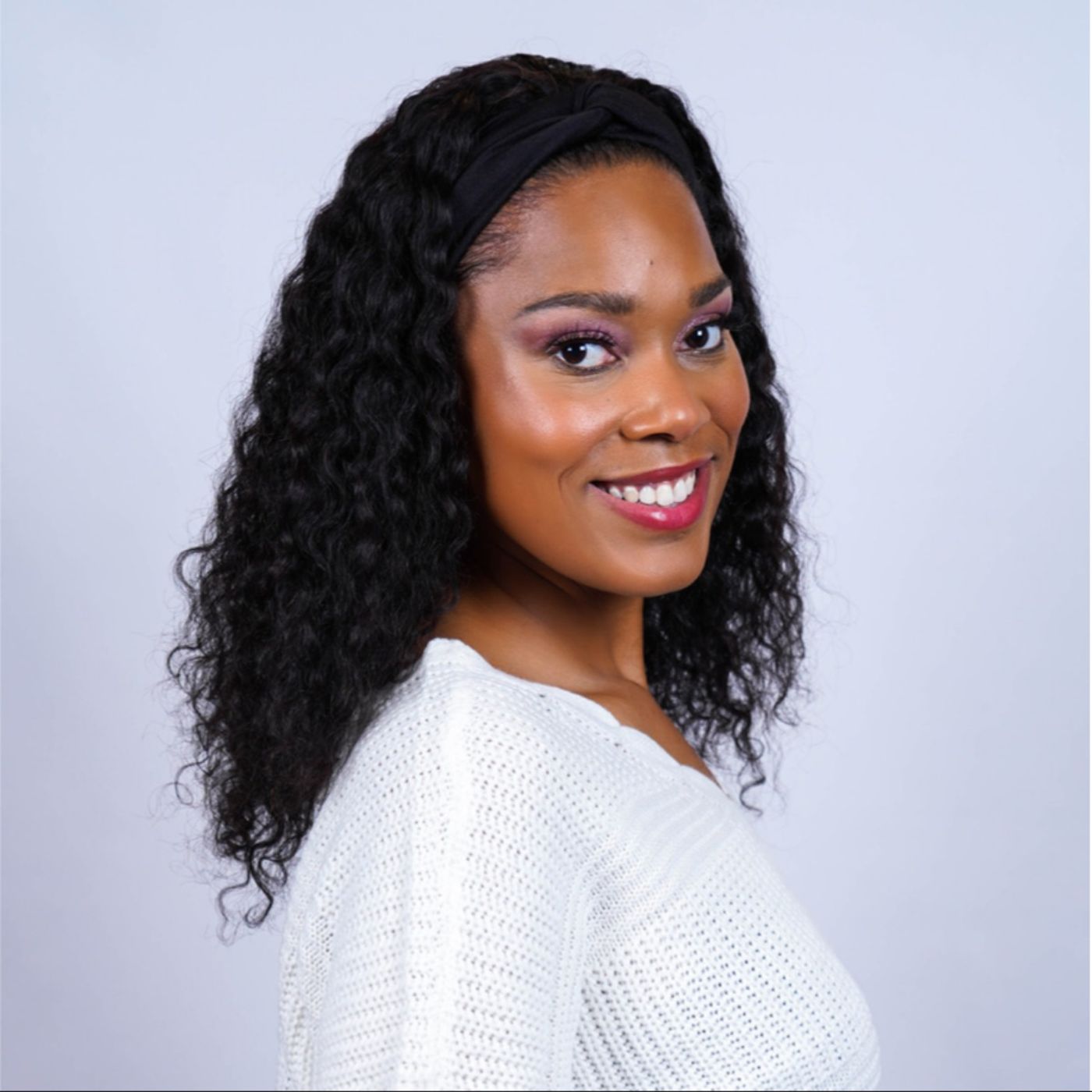EMERGENCY SUPPORT REQUEST: Sew Hope Community Sewing Room, a Black woman led nonprofit sewing studio was recently damaged by severe flooding: 16 inches of water saturated the newly opened venue. Please donate to the Go Fund Me or directly to the project. CashApp$SewHopeSTL If financial support is not possible, Sew Hope is accepting donations of machines and fabric.
About the episode:
Lisa Woolfork is an associate professor of African American Literature and Culture. Her teaching and research explore Black women writers, the fiction of Black identity, trauma theory, and American slavery. She is the convener and founder of Black Women Stitch, the sewing group where Black Lives Matter. She is also the host/producer of Stitch Please, a weekly audio podcast that centers on Black women, girls, and femmes in sewing. In the summer of 2017, she became a founding member of Black Lives Matter Charlottesville. She is active in a variety of university and community initiatives, including the College Fellows Program to reshape the undergraduate general education curriculum.
Angela Franklin
With a BA in Art from Xavier University in Cincinnati and her MFA from Bradley University, Angela Franklin-Faye has exhibited her works both throughout the US and internationally.
She has lived abroad since 1997 and, since 2007, has divided her time between Senegal and the United Arab Emirates. This international experience has resulted in a body of work that has encouraged her to chronicle the experiences of people from the diaspora worldwide.
Her works are presently featured in the national exhibition of Contemporary African Art for the 13th DAK’Art Biennale, along with the Dialogue in Black and White Exhibition at the Charleston City Gallery. In addition, Paris Sorbonne University Abu Dhabi, The Art Hub-Abu Dhabi, The Renwick Gallery - Smithsonian Institution, Ohio Craft Museum, and Musee Boribana - Dakar are just a few spaces that featured her work. Works by Franklin-Faye are in the corporate collections of Atlanta Life Insurance Company, The NationsBank, Arco Chemical, and Household Finance.
In 2013, she earned a second Master's Degree in Online Education and Leadership Management and credits this with having an even greater impact on her artwork. She is the owner of Chez Alpha Books - a bookstore and academic resource center in Dakar, Senegal.
Insights from this episode:
- Angela’s beginning of her sewing journey
- Angela’s adaptability to the fashion and fabric world
- How she has been able to thrive as an artist based on her geography
- Insights into her study of art at Xavier University
- Insights into slavery and black history in regards to Ohio/Kentucky border
- Insights into the stained glass initiative
Quotes from the show:
- “I made a rule that if I am going to be here, let me find a fabric that is found here, let me not rely on African fabric in the Pacific Island, or if I am in the Middle East, let me rely on the fabric that I find there” -Angela Franklin in “Stitch Please”
- “It’s really incredible because what that [adaptability] allows you to do is to both grow as an artist and to be connected to the community in which you are living” -Lisa Woolfork in “Stitch Please”
- “I used to enamel a lot, do a lot of couple enameling and glass fusing, and my whole passion right now is to go back to it” -Angela Franklin in “Stitch Please”
- “When I do this series of work, I said to everyone that it’s not about the trauma of slavery, it’s about the contributions that they made, economically because they would build the prairie” -Angela Franklin in “Stitch Please”
- “Slavery is not black people's shame. Black people should not be ashamed of having been enslaved. The shame is in white people. The shame is in those folks who could compromise so much of their own beliefs to enact the greatest crime against humanity” -Lisa Woolfork in “Stitch Please”
- “The stain glass initiative seeks to acknowledge and perpetuate the diversity of experience and reflection that is needed to envision a better common good” -Angela Franklin in “Stitch Please”
Stay Connected:
Lisa Woolfork
Instagram: Lisa Woolfork
Twitter: Lisa Woolfork
Angela Franklin
Instagram: Angela Franklin
Facebook: Angela Franklin
Sign up for the Black Women Stitch quarterly newsletter
Check out our merch here
Leave a BACKSTITCH message and tell us about your favorite episode.
Join the Black Women Stitch Patreon
Check out our Amazon Store
Stay Connected:
YouTube: Black Women Stitch
Instagram: Black Women Stitch
Facebook: Stitch Please Podcast



